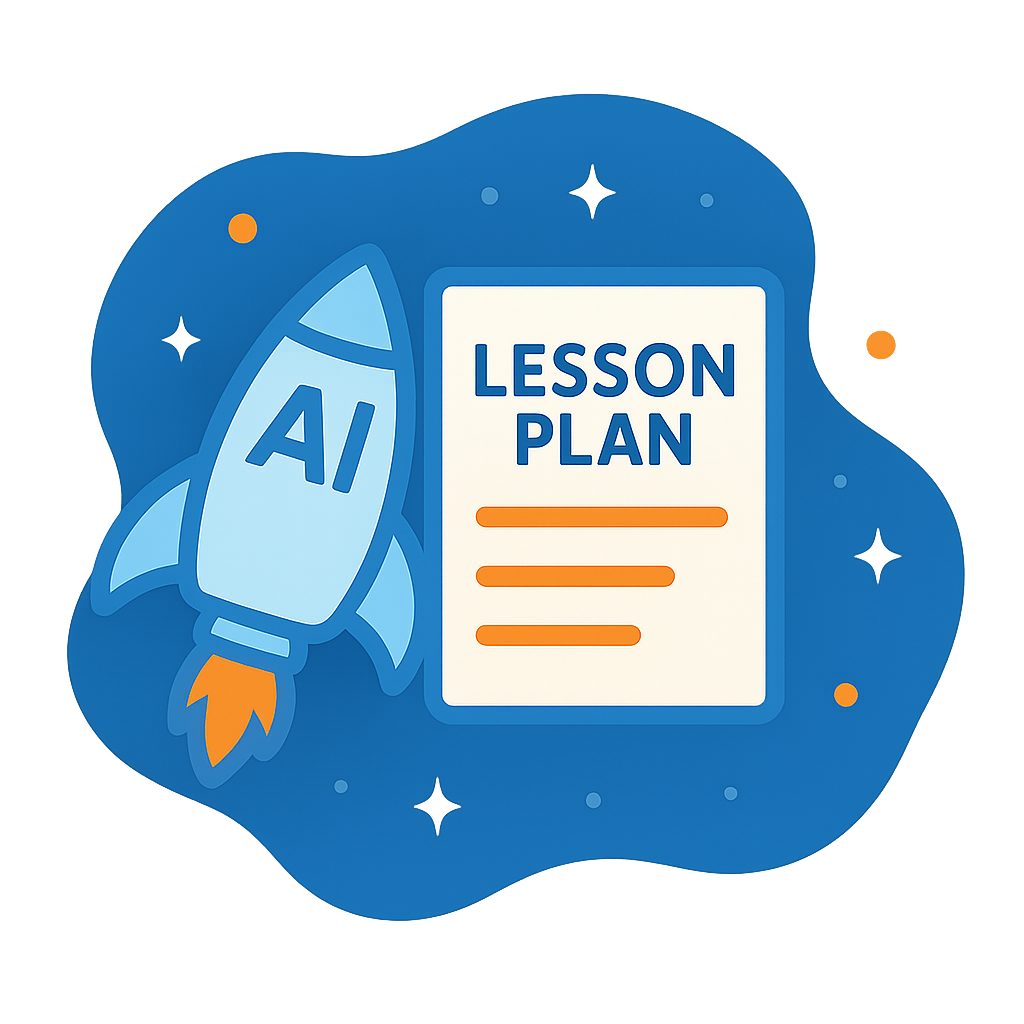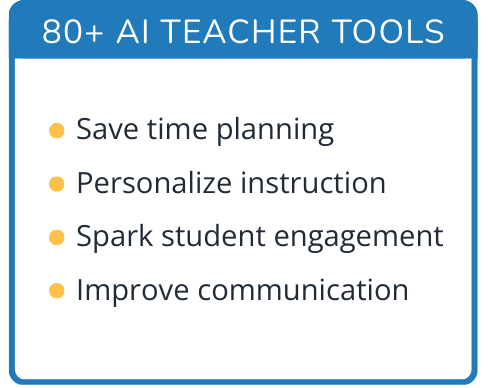Hi, what do you want to do?
Curated OER
What Fostered the Axis?
Ninth graders present the major cultural, economic and political forces in Germany, Italy & Japan that allowed for the rise and dominance of totalitarian regimes in that country. They discuss how the above listed forces brought the...
Curated OER
Why Not Come to North Amercia?
Young scholars examine the motives for French expansion into the New World, they evaluate primary source documents to determine who, what, when, where and why.
Curated OER
VA Statute for Religious Freedom, III
High schoolers analyze the Virginia Statute for Religious Freedoms and consider its implications. In this governing principles lesson plan, students explore primary and secondary sources regarding the document penned by Thomas Jefferson.
Curated OER
LBJ-- Escalation in Vietnam and Domestic Programs
Eighth graders investigate the Vietnam War. In this Vietnam War lesson plan, 8th graders research the escalation of the war during Lyndon Johnson's presidency. Students also explore the domestic programs that Johnson promoted. Students...
Curated OER
Religious Tolerance in Pennsylvania
Students analyze Quakers including their beliefs. In this religious tolerance lesson students predict the future effects of the colonies.
Curated OER
The Decisive Victory: Philadelphia and the Winning of the War for American Independence
High schoolers examine primary documents and apply their knowledge to describe them. For this primary document analysis lesson plan young scholars interpret sources and evaluate roles of foreign allies.
Curated OER
The 1860 Election in Pennsylvania
Young scholars examine the political parties of the 1860 election and compare their platforms. In this election lesson students determine the meaning of a political cartoon and predict the outcome of the 1860 election.
Curated OER
Child Labor in America
Learners interpret historical evidence presented in primary and secondary sources. In this child labor lesson plan, students examine the issue of child labor and determine how citizen action...
Curated OER
Moses and the Ten Commandments
Students watch a video about Moses and the Ten Commandments; participate in discussion; create a replica table of the Ten Commandments, or create a picture illustrating the parting of the Red Sea.
Curated OER
Holocaust Education in the K-4 Classroom
Students discuss Holocaust and complete KWL chart.
Curated OER
First Nations: Analysing Sources
Ninth graders examine the lifestyle and culture of First Nations people. They investigate and analyze primary and secondary source documents.
Curated OER
Paper: Scientific Inquiry Through Chinese Art
Students create replicas of Chinese hanging scrolls in an attempt to understand the technology behind the creation and use of paper in Ancient China. This three-day lesson includes enrichment ideas.
Curated OER
Labor Needs in Colonial America
Middle schoolers examine the labor needs in colonial America. Using primary and secondary resources, they explore the major events and life in the United States during colonial times. They complete a chart listing the pros and cons of...
Curated OER
Charge and Defeat
Students discuss traditional tools used by historians and archaeologists. They conduct a debate on the advantages and disadvantages of rewriting the past and discuss which side of the debate has the strongest case.
Curated OER
Celebration of Cultures
Students create a multimedia project to represent their own culture and personal identity. They design a personal Coat of Arms using a computer graphics program and digital camera, write a script and film an interview, and contribute a...
Curated OER
Schoolyard Dig
Students begin the lesson by being introduced to the new vocabulary associated with archaeology. In groups, they use the school grounds to simulate their dig site. They record all the objects they discover and what can be gathered from...
Curated OER
Cargoes from Three Continents Ancient Mediterranean Trade
Sixth graders begin the lesson by researching the different types of ships and shipbuilding techniques used to help trade in the Mediterranean Sea. Using different objects, they determine what one can tell about a society and discuss...
Curated OER
The Huexotzinco Codex
Students examine primary sources and perform historical analysis. In this Huexotzinco Codex activity, students investigate the codex as they make inferences and draw conclusions
Curated OER
Out of the Mud
Eleventh graders explore the impact the automobile had on Iowans and their ways of life. In this technology instructional activity, 11th graders research how Iowans promoted "Good roads" and the reasons for paving roads.
Curated OER
Natural Disasters: Nature's Fury
Students explore the human experience. In this business ethics instructional activity, students analyze primary sources to develop an understanding of the American natural disasters of the 19th and 20th centuries and the implications...
Curated OER
Students Working in Local Historic Preservation
Students develop an appreciation of history as they volunteer their time in historical museums. In this historical perspectives lesson, students work with valuable local documents as they aid the staff of selected local historical...
Curated OER
Lewis & Clark: A Scientific Journey
Students act as archaeologists. In this Lewis and Clark expedition lesson, students develop a list of questions that archaeologists might use to find the physical remains of the expedition and then use print and Internet sources to...
Curated OER
Worksheet for Analysis of a Newspaper Article
In this primary source analysis worksheet, students respond to 20 short answer questions that require them to analyze their selected newspaper articles.
Curated OER
Kwanzaa: An African-American Heritage Celebration
Students explain some of the symbols of Kwanzaa. They demonstrate their understanding of Kwanzaa by making a book about what they have learned.




























